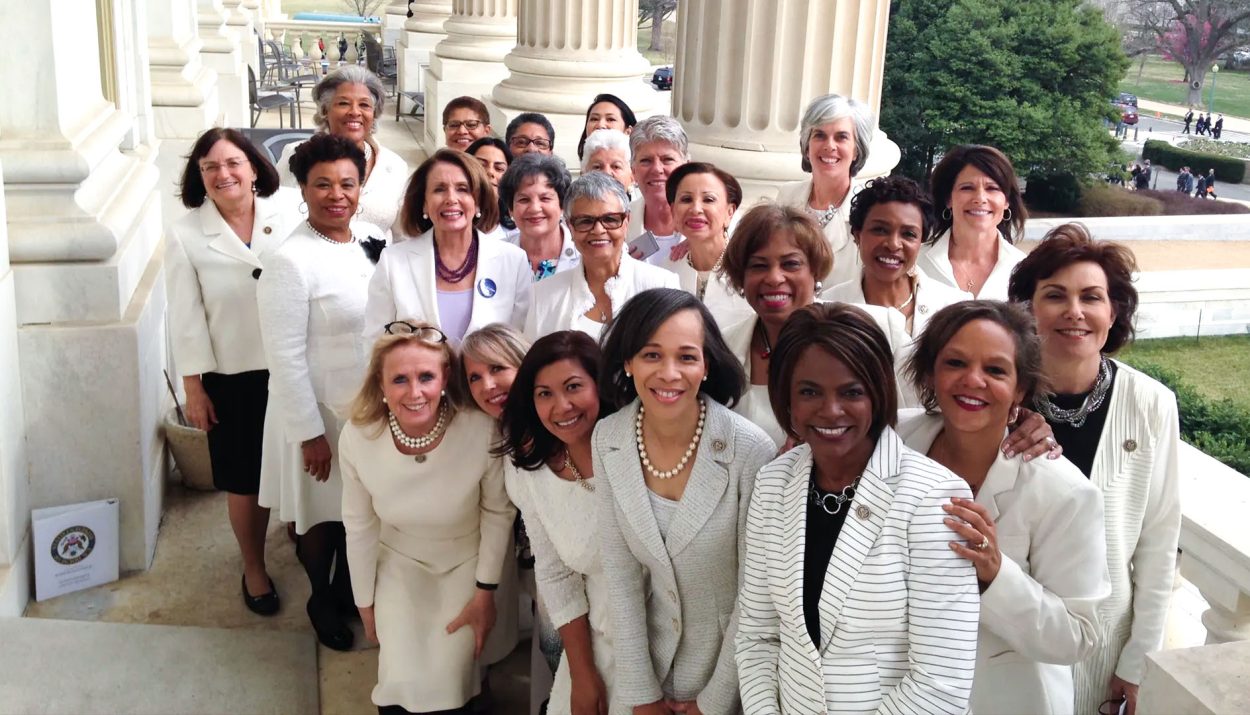Generally, the State of the Union address doesn’t require its attendees to wear a particular color. However, in this case, many women on the Democratic side of the aisle took to wearing white as a sign of solidarity. What exactly were they celebrating? Let’s take a look here.
Universal Suffrage Is Something to Celebrate
The lawmakers who wore white on the night of the State of the Union Address did so to highlight the 19th Amendment to the Constitution. This amendment gave them the right to vote.

The 19th Amendment, passed in 1919, extends women’s right to vote. It took years of campaigning to achieve. White serves to symbolize these women’s commitment to democracy.
Women’s Rights Have Come a Long Way
Before 1919, women were not allowed to vote, even if they owned property. White clothing has traditionally been a sign of the women’s rights movement, even all the way back to the start of the 20th century.
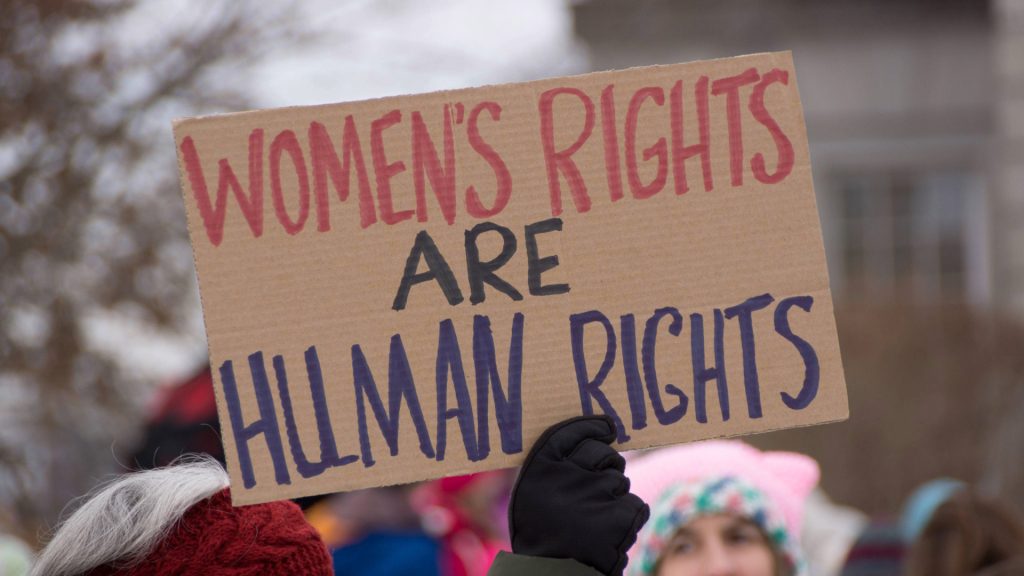
Women’s suffrage took over 70 years of constant appeals to the government and those in authority. At one point, women were even arrested for participating in the movement.
Setting The Stage in 1908
The color white, along with the other colors that have come to represent the movement, solidified during a march in London’s Hyde Park in 1908. Three hundred thousand people turned out to support the movement.
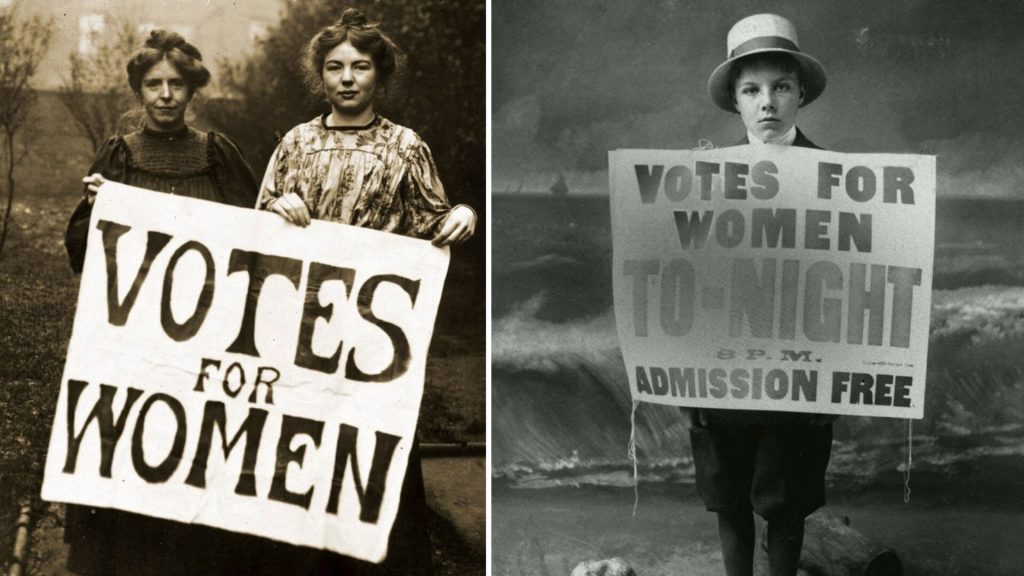
Vice President Kamala Harris wore white during her first speech after President Biden was elected. Democratic women also wore white for Donald Trump’s State of the Union address.
Not The Only Color-Coordinated Activism
While wearing white was common in the Democratic party, other colors, representing different movements, were also displayed during Biden’s State of the Union Address.

Some women wore blue in solidarity with Israeli captives in Gaza. Rep. Frederica Wilson stated that she would be wearing blue every Wednesday to remind people about the Israeli hostages.
The Biggest Platform Of the Year
The US government is a massive machine made up of individuals who have their own points of view and opinions. However, few people ever get to hear those representatives directly.
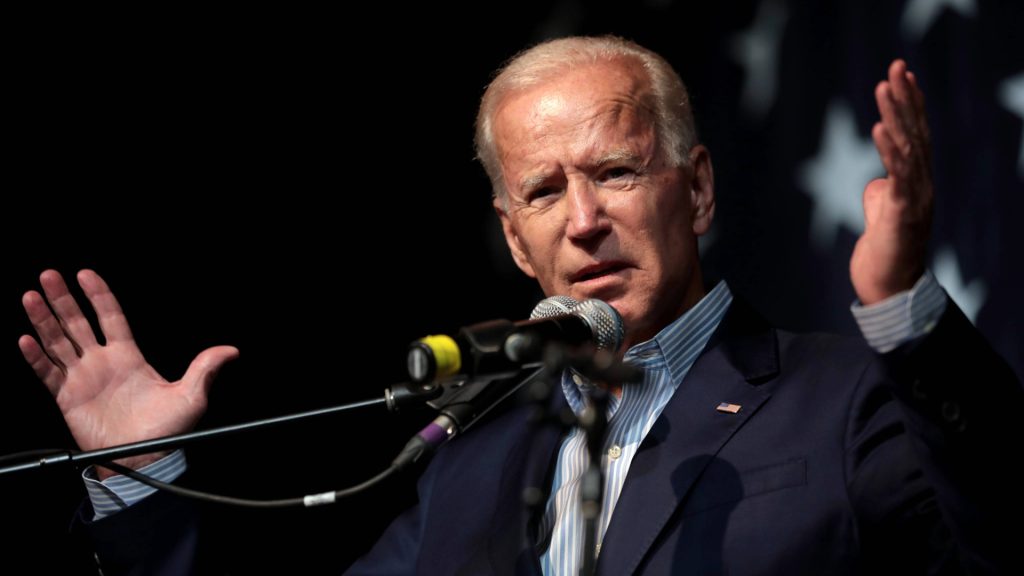
Fashion has become one way to seize control of the State of the Union address. With TV cameras on the crowd throughout the event, it’s the perfect time to make a statement with your fashion.
The Bicolor of Ukraine Also Featured
Another prominent color combination in the crowd was the bicolor of Ukraine – the yellow and the blue. Ukraine is still fighting for its survival against Russian invasion, with the US as a staunch ally.

The statement also highlights how little help the US has been giving its ally. Because of certain opinions on Congress, funding for Ukraine’s defense effort has slowed to a trickle.
Laken Riley Pins Cause a Stir
Another prominent fashion statement comes from pins, and House Republicans wore a red one that reminded everyone about the late 22-year-old nursing student from Augusta named Laken Riley.

Riley’s name appears on a bill passed by Republicans that seeks to deal with illegal immigration, specifically, those immigrants who have been convicted of crimes while in the US.
A Memorial From Both Sides
Republican Firebrand and Donald Trump supporter Marjorie Taylor Greene wore a T-shirt with Riley’s face on it and the legend “Say Her Name,” a callback to GOP politicians wanting Biden to mention her in his address.
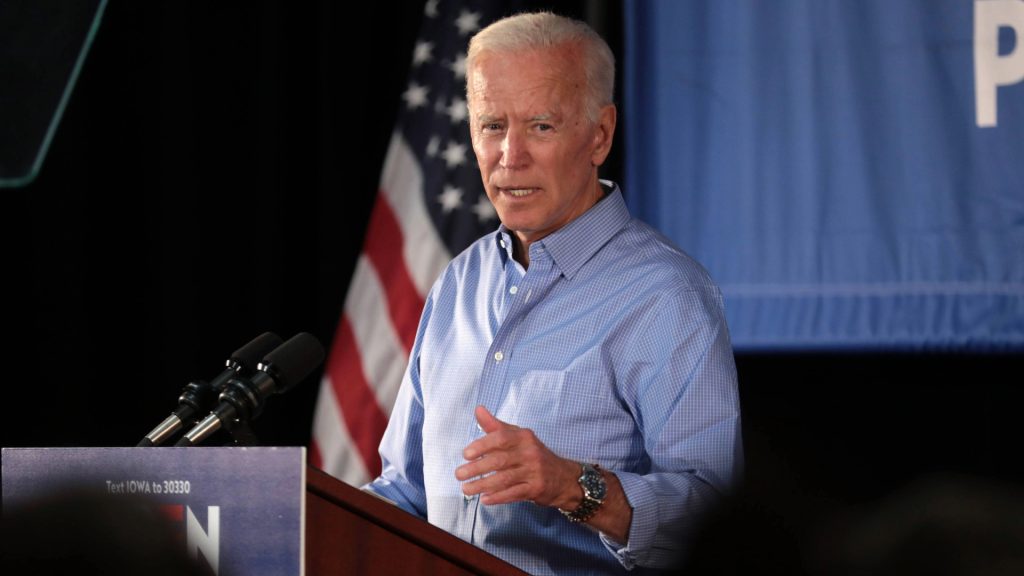
She even handed Biden a Laken Riley pin, and while the president didn’t outright mention her name in his address, he was seen holding up the pin during his speech.
Some Support for Donald Trump
While he wasn’t there in person, former President Donald Trump was also represented on a few pins and T-shirts. Rep. Troy Nehls wore a T-shirt with Trump’s face and the legend “Never Surrender.”
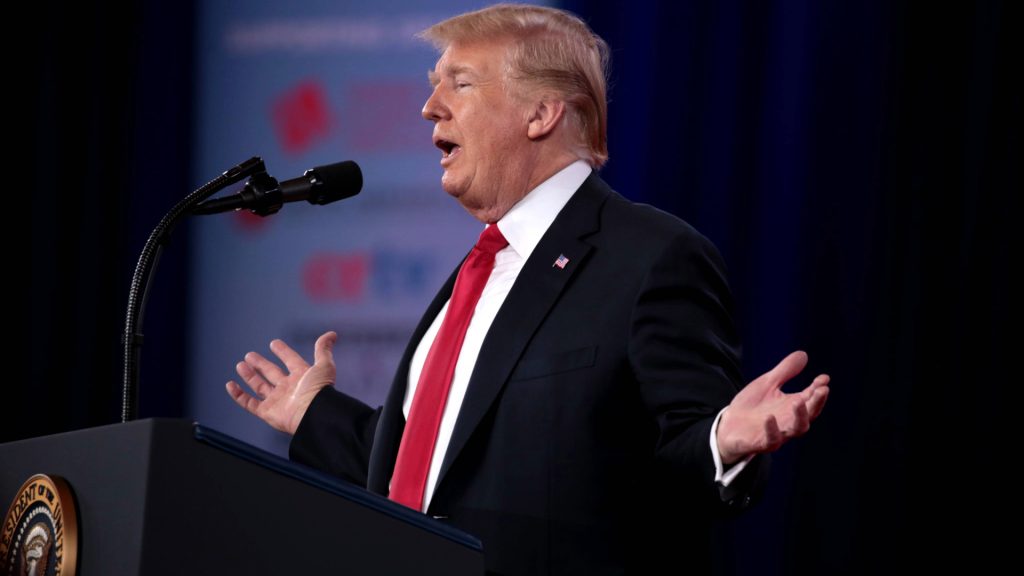
Trump hopes to be the next Republican presidential candidate, but his future as a GOP hopeful remains uncertain as legal troubles surround his campaign.
Not Just Israel Represented
While the US is a staunch supporter of Israel, there were Palestinian supporters in the crowd with their own fashion statements that called attention to the other side of the conflict raging there.

Rashida Tlaib and Cori Bush both wore Palestinian keffiyeh scarves in solidarity with the Palestinian people. Tlaib also wore watermelon earrings as a sign of her support of the Palestinian cause.
Peaceful US Policy Also Made a Showing
Red-and-white lapel pins with the word “CEASEFIRE” on them also made a sowing at the State of the Union address. A handful of US Democratic representatives wore them, advocating for a ceasefire in the Gaza conflict.

“Win Without War,” a network of activists who want to see a less militant US foreign policy, stated they ordered and handed out up to 15 pins to representatives but weren’t sure how many would wear them.
Women’s Rights Take Center Stage
Democratic women wearing white was more than just a celebration of universal suffrage. It also underlined all the struggles women had to endure to get where they are today.
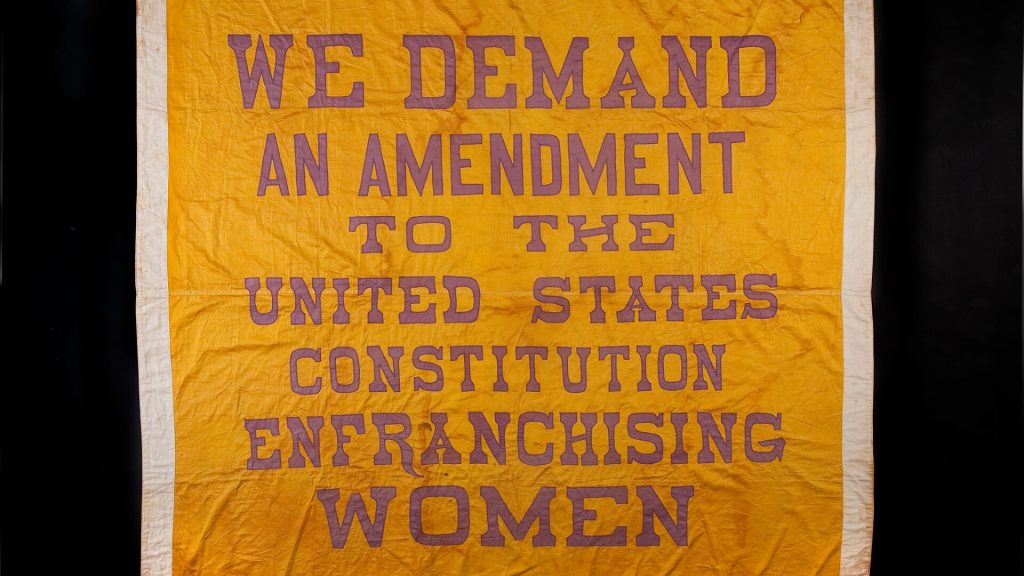
With many states rolling back their allowances for abortions, women’s reproductive rights were also a topic of great concern for these lawmakers. Depending on the results of the upcoming elections, more changes could be made.
Accessing Healthcare Is Crucial
The Democratic Women’s Caucus released a statement about its members wearing white, stating that they were doing it to highlight the reproductive rights of women and how important those rights are.
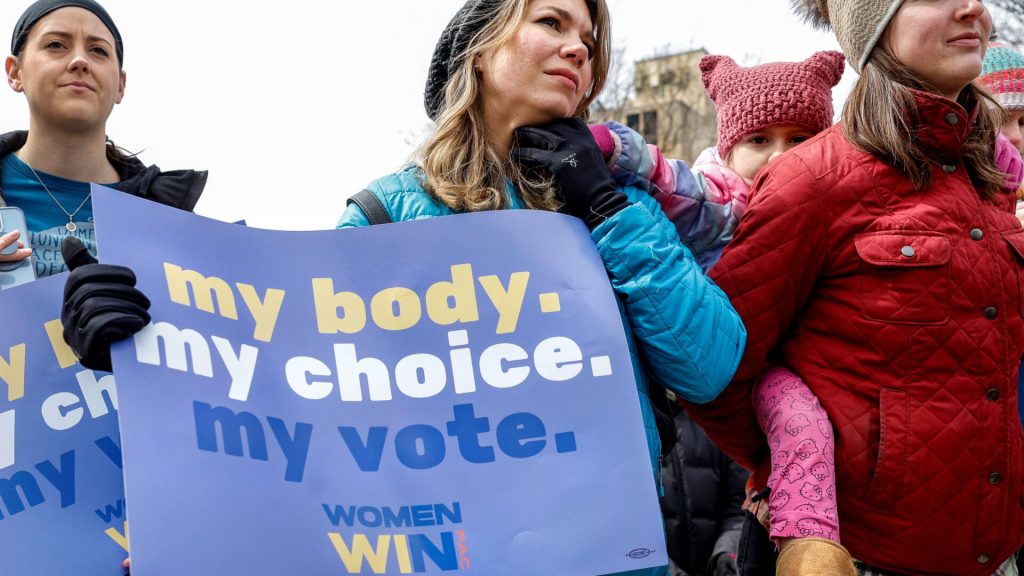
DWC Chair Rep. Lois Frankel mentioned that women need to be able to access healthcare to control their own lives and futures. Women, not politicians, should be in charge of women’s bodies.
Fashion Activism In Washington
The State of the Union address allows the President to tell Congress what he thinks is essential for them to know. However, it also allows the public to see what causes the politicians who represent them support. With so many factions in Congress, this is the best time to see their individual opinions.
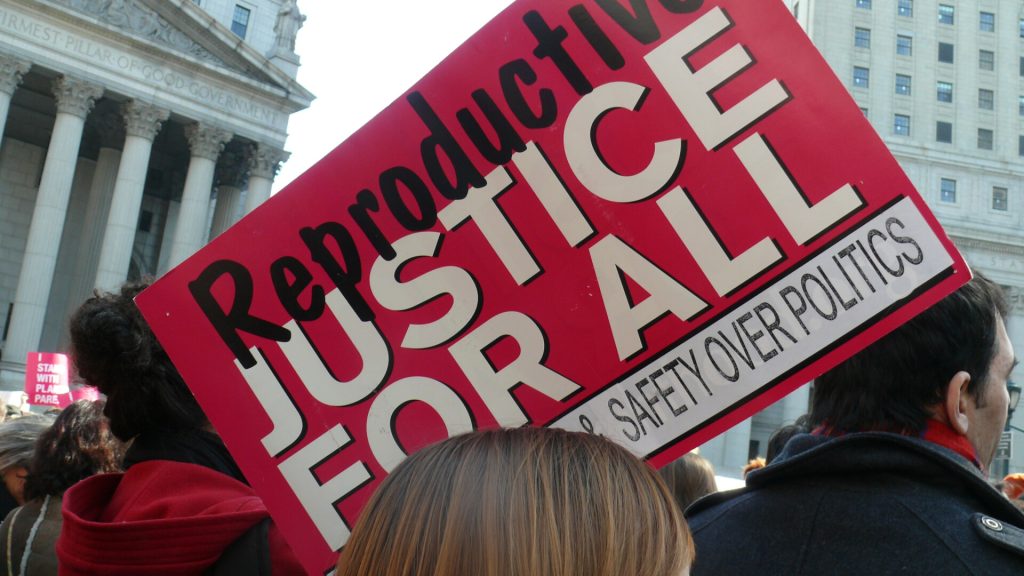
Democratic women wore white to advocate for women and their reproductive rights and celebrate past victories. The struggle for women’s right to vote was a long one, and their bid for reproductive rights was even longer.

